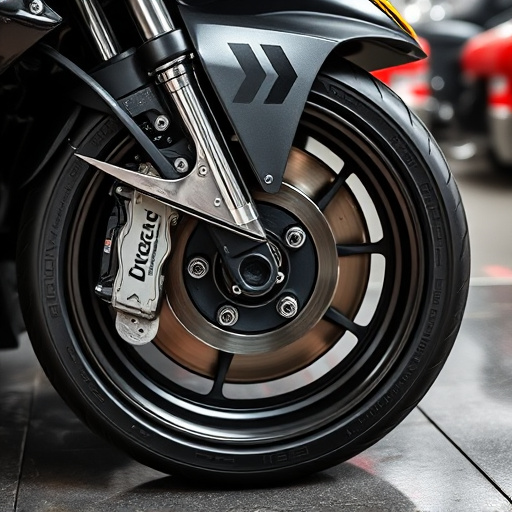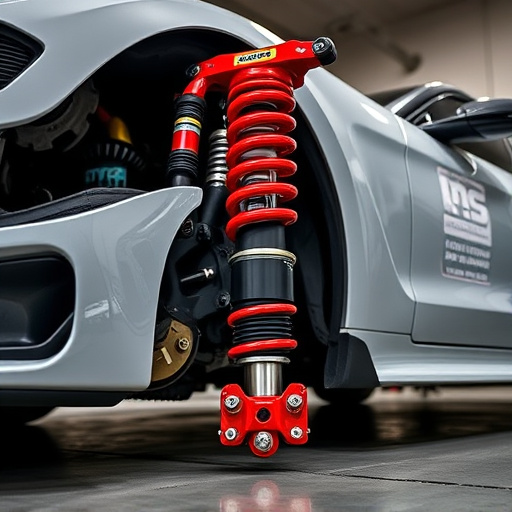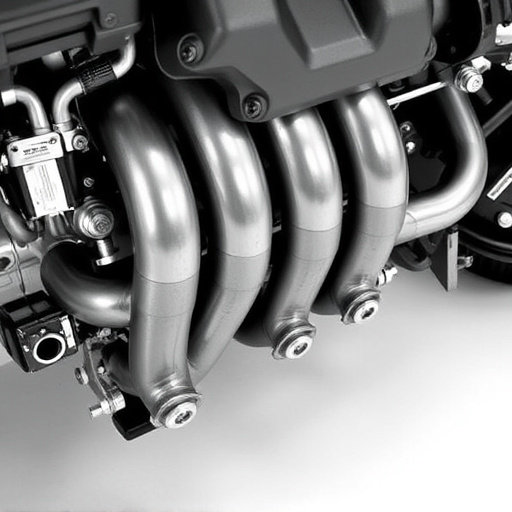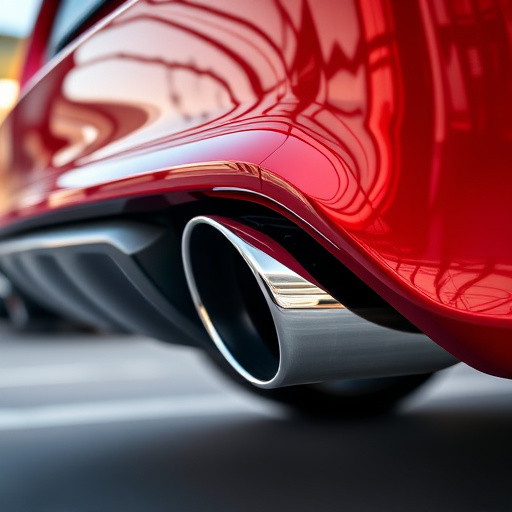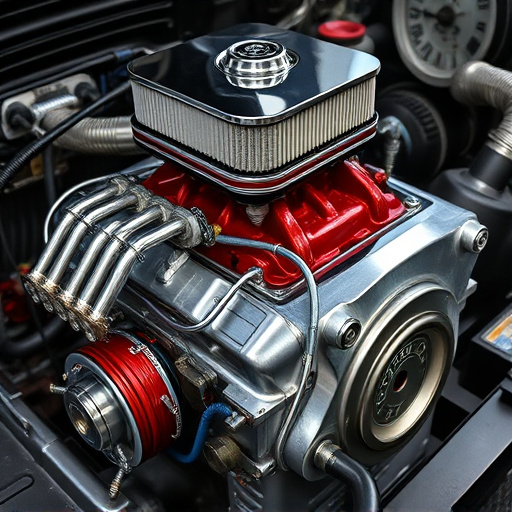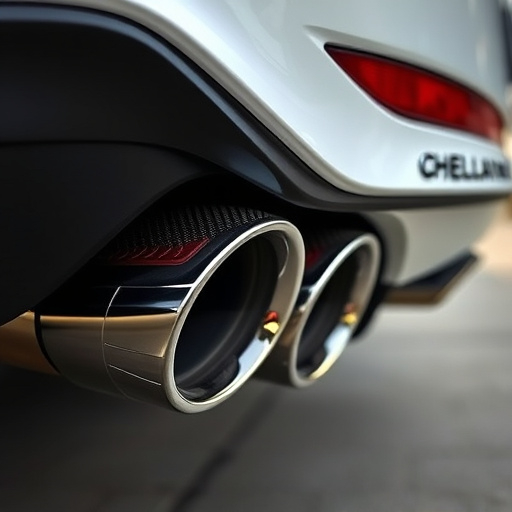A single exhaust system's key parts—manifold, pipes, mufflers—manage gas expulsion and pressure. Upgrades like aftermarket mufflers, air intakes, or suspension enhance power and fuel efficiency while meeting legal standards. Budget-friendly swaps include high-flow filters and stock muffler replacements. Installation requires precise measurement, quality gaskets, and alignment for optimal performance alongside intake upgrades.
Looking to breathe new life into your vehicle’s performance without breaking the bank? Discover affordable upgrades for your single exhaust system. This guide unravels the fundamentals of single exhaust systems, offering practical hacks to enhance efficiency without costly modifications. Learn effective installation tips and best practices, empowering you to make informed decisions. Transform your ride with these proven strategies tailored for budget-conscious automotive enthusiasts.
- Understanding Single Exhaust System Basics
- Common Affordability Hacks for Upgrades
- Effective Installation Tips and Best Practices
Understanding Single Exhaust System Basics
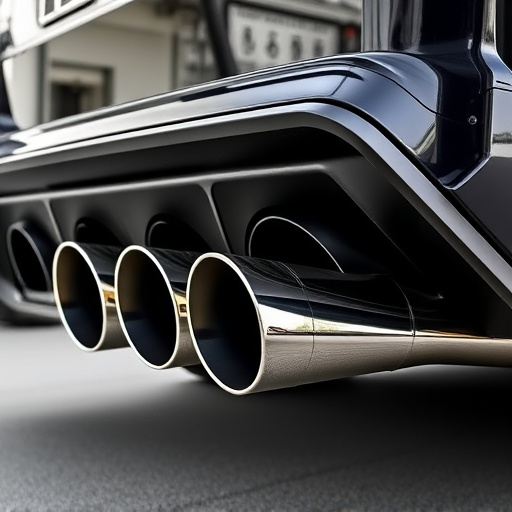
A single exhaust system is a fundamental component of any vehicle’s engine performance and emissions control. It serves as the pathway for exhaust gases to exit the combustion chamber, carrying away heat and pressure that would otherwise build up within the engine. This basic system typically consists of several key parts: an exhaust manifold, which collects the exhaust gases from each cylinder; a single pipe or set of pipes that transport the gases; and ultimately, exhaust mufflers designed to reduce noise levels while allowing the gases to escape safely. Understanding these basics is crucial when considering upgrades, as modifications at any point along this system can significantly impact engine performance and efficiency.
One common area for upgrade is the exhaust muffler. While factory-fitted mufflers are essential for legal road compliance, aftermarket models often offer enhanced noise reduction without compromising exhaust flow. Additionally, upgrading air intake systems or suspension components can indirectly influence the overall performance of a single exhaust system. By improving airflow into the engine and optimizing vehicle dynamics, these modifications can enhance both power output and fuel efficiency, further underscoring the importance of considering all aspects of a vehicle’s systems when aiming for an affordable yet effective upgrade.
Common Affordability Hacks for Upgrades
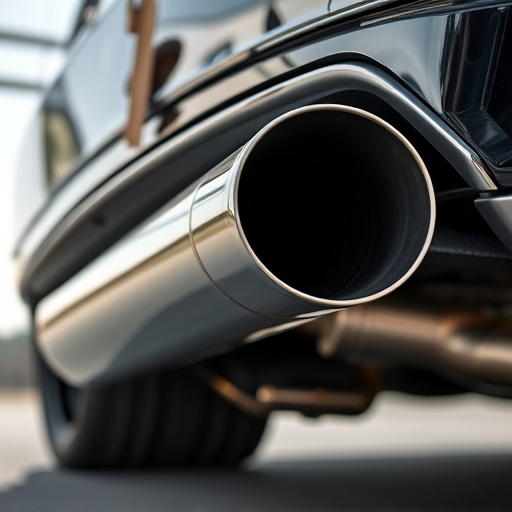
When looking to upgrade your single exhaust system on a budget, there are several affordability hacks worth considering. One effective strategy is to focus on key components that significantly impact performance and noise levels. Instead of splurging on an entire new system, invest in high-quality brake components or replace the stock muffler for a more affordable yet noticeable difference.
Another common upgrade path involves swapping out standard parts with performance-oriented alternatives. High-flow performance air filters can boost engine intake, contributing to a smoother and more responsive drive. Similarly, installing a cold air intake system not only enhances engine cooling but also improves airflow, resulting in better overall performance without breaking the bank.
Effective Installation Tips and Best Practices
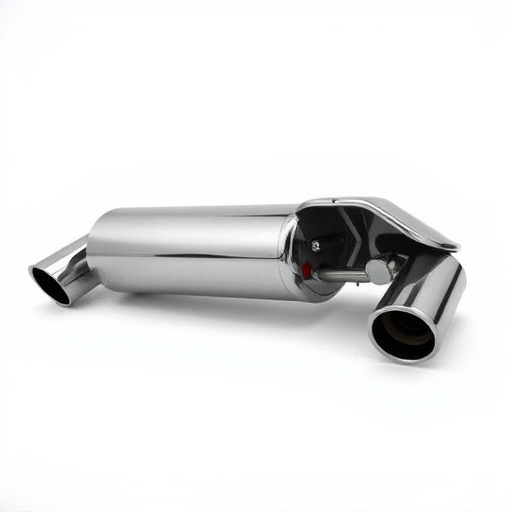
When upgrading your single exhaust system, proper installation is key to unlocking its full potential. First and foremost, ensure all old hardware is removed carefully, especially if there are structural components involved. This includes securely detaching any hangers or brackets that might be attached to the exhaust system. A common mistake is rushing the process; take your time to measure and mark new component locations accurately. Line up the new parts with the factory mounting points for a seamless fit.
Best practices dictate using high-quality gaskets and seals to prevent leaks, which can lead to serious engine damage over time. After installing the system, double-check all connections and tighten any fastenings as needed. Remember that proper alignment of exhaust pipes is crucial for optimal performance; misaligned pipes can cause unnecessary backpressure on the engine. Lastly, consider upgrading your intake components or adding an air filter kit alongside your new exhaust—these high-performance parts work synergistically to enhance overall vehicle efficiency and power output.
Upgrading your vehicle’s single exhaust system doesn’t have to break the bank. By understanding basic components, utilizing affordable hacks, and following best installation practices, you can enhance performance and improve sound without overspending. These simple steps empower car enthusiasts to make informed decisions, ensuring a smoother, more enjoyable driving experience within their budget.




